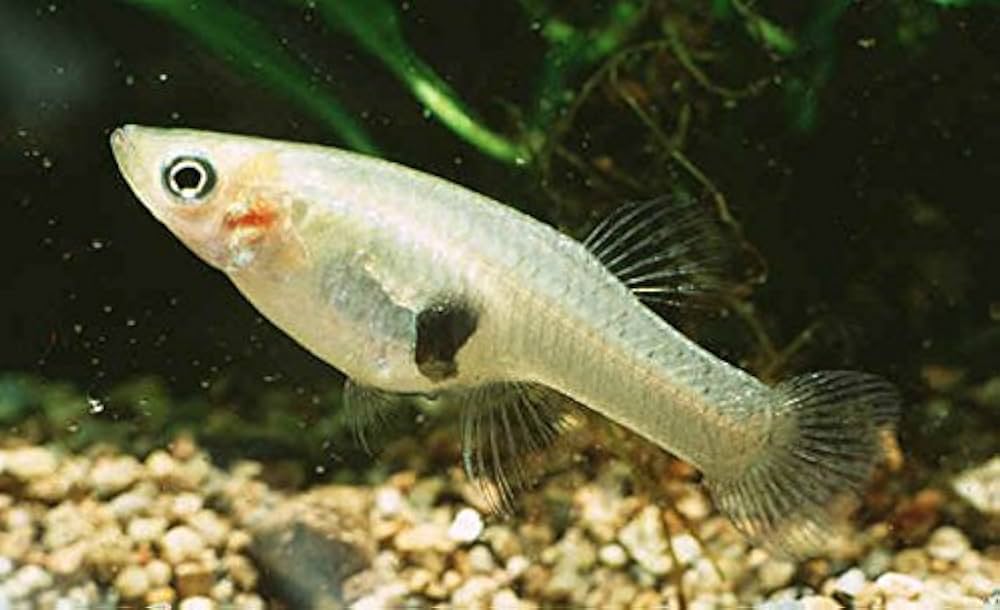
Effective Ways to Grow Parrot Tulips in Modern Gardens
Parrot tulips are one of the most intriguing and colorful tulips that can add vibrant splashes to your landscape. This article explores ideal methods for growing parrot tulips, effective tulip care strategies, and innovative gardening tips to help your tulip garden thrive in 2025. Understanding how to care for parrot tulips involves a masterpiece of planning, appropriate soil preparation, and recognizing their unique **tulip characteristics**.
Understanding Parrot Tulips
Parrot tulips are uniquely distinguished by their fringed, feather-like petals and captivating floral colors. These **unique flowers** present an alluring option for both novice and seasoned gardeners. They are part of the larger **tulip varieties** and are adored for their exotic look and versatility in **garden design**. The proper **soil health** is essential for their robust growth. Aim for well-draining soil enriched with organic matter to prevent waterlogging, which would hinder the healthy growth of these beautiful bulbs.
A Brief Introduction to Tulip Characteristics
Understanding the **tulip characteristics** of parrot tulips can significantly enhance their successful cultivation. These bulbs typically exhibit a bloom time in mid to late spring, where their vibrant petals catch the light beautifully. When considering planting these **bulbous plants**, one should note their size and structure. Parrot tulips can grow between 12 to 18 inches in height, making them perfect for **flower arrangements**, garden borders, and landscape design. Providing adequate spacing is vital, as it increases airflow and minimizes the risk of disease while enhancing the visual aesthetics of your garden.
Choosing the Right Varieties
While numerous **tulip varieties** exist, choosing resilient bulbs is crucial for a flourishing garden. Consider options like “Rococo” and “Black Parrot,” known for their stunning colors and unique patterns. Incorporate these options into your **garden planning** to ensure a colorful backdrop when in bloom. Additionally, blending parrot tulips with other **seasonal flowers** like daffodils or hyacinths can result in a breathtaking floral display, promoting both biodiversity and visual splendor.
Essential Care for Parrot Tulips
Effective **tulip care** goes beyond just planting; it incorporates proper maintenance practices to ensure your parrot tulips thrive throughout their growth cycle. These techniques include optimal watering, pest control, and appropriate fertilization strategies to promote healthy growth and abundant blooms.
Water Management
Implementing effective **water management** practices is crucial for parrot tulips. Such vibrant flowers prefer a moist, but not soggy environment. Start by irrigating during dry spells, particularly as they are establishing roots. Avoid overhead watering which can increase the risk of mold and decay. A soaker hose or drip irrigation system can help ensure even moisture distribution, particularly during crucial growth phases. When it comes to the **tulip growth cycle**, maintain regular watering up until the blooming period, reducing frequency thereafter to prevent rot.
Soil Preparation and Fertilization Techniques
Before planting your tulip bulbs, it's essential to undertake thorough **soil preparation**. Aim for a loose, well-draining soil by incorporating organic matter like compost and peat moss, enhancing both **soil health** and nutrient levels in your garden bed. Following planting, apply a balanced fertilizer rich in phosphorus to support root development and flowering. This is an effective **fertilization technique** that enhances their vigor and leads to healthier blooms throughout the springtime.
Designing Your Tulip Garden
A driving force behind successful tulip cultivation is thoughtful **garden design**. Creating aesthetic landscapes that feature parrot tulips requires creativity, so exploring diverse combinations with other **ornamental plants** can yield breathtaking results. When laying out your garden, observe how different **flower species** interact, deciding on complementary colors and heights to maximize visual appeal.
Creating Color Combinations
One of the most enjoyable aspects of gardening is experimenting with color combinations. Pairing bright parrot tulips with softer pastels can achieve striking contrasts, drawing attention in any **vibrant garden**. Utilizing a combination of **annual flowers** and **perennial flowers** ensures your garden looks lively for a longer duration. For instance, mix **parrot tulips** with low-growing perennial ground covers to fill gaps and keep the area looking tidy and vibrant.
Flower Arrangement Techniques
Once your parrot tulips bloom, you'll want to maximize their beauty within your home. When crafting a **flower arrangement**, focus on balancing shapes and colors. Grouping various sizes of tulips alongside other blossoms, such as daisies or lilies, can create a stunning centerpiece. As you trim your tulips for arrangements, consider their **vase life**; using clean, sharp scissors and ensuring they have enough water can extend their beauty in your home.
Maintaining Your Tulip Garden
Successful gardening requires ongoing maintenance and attention. Consistent **garden maintenance** is critical for keeping your parrot tulips healthy, avoiding disease, and ensuring prolonged blooming seasons. Seasonal checks for pests, adherence to watering schedules, and periodic soil assessments form the cornerstone of robust garden health.
Pest Control Essentials
Employing effective **pest control** techniques is vital for bulb safety. Regularly inspect your tulips for signs of pest-inflicted damages, such as holes in the foliage or wilting. Utilize organic solutions where possible, such as neem oil or insecticidal soap, promoting a healthier garden ecosystem. Companion planting with **pollinator plants** can also enhance natural pest management by attracting beneficial insects, aiding in the overall health of your garden environment.
Educational Gardening and Community Resources
Consider leveraging local gardening workshops and community resources for shared knowledge on **gardening trends**. Engaging with clubs or forums can bring fresh perspectives and advice, especially regarding crafts like **floral decoration** or incorporating **sustainable practices** in one’s gardening routine. One can also find excellent advice related to **climate considerations** and finding the best varieties suited for the local landscape.
Key Takeaways
- Parrot tulips add exotic charm and color to your garden, ideal for modern landscapes.
- Caring for these flowers involves proper soil preparation, watering, and fertilization techniques.
- Thoughtful garden design and floral arrangements enhance aesthetic appeal.
- Consistent garden maintenance ensures healthy growth and vibrant blooms throughout spring.
- Utilize community resources and workshops for additional guidance on effective gardening practices.
FAQ
1. What is the best time for planting parrot tulips?
The ideal time for **bulb planting** of parrot tulips is in the autumn, allowing the bulbs time to establish roots before the frost sets in. This timing ensures a robust growth cycle when spring arrives. Aim to plant them around 6 to 8 weeks before the ground freezes.
2. How can I prolong the vase life of my cut parrot tulips?
To enhance the **vase life** of your cut parrot tulips, ensure they are cut at an angle and immediately placed in water. Change the water every few days and keep them away from direct sunlight, drafts, or heat sources to prolong their beauty.
3. Do parrot tulips require special care compared to other tulip varieties?
Parrot tulips don't have extraordinarily different care requirements than other tulip varieties. Like most tulips, they thrive in well-draining soil and need periodic watering during growth. The major difference lies in their unique petals and vibrant colors, which may necessitate more careful handling during arrangements.
4. Can parrot tulips survive in containers?
Yes, parrot tulips can be successfully grown in containers. Ensure the pot has sufficient drainage holes and use a high-quality potting mix to maintain **soil health**. Containers are excellent for displaying these **floral species** and can be relocated to vary your garden's aesthetics.
5. What are effective organic pest control methods for tulips?
Effective organic pest control options include introducing beneficial insects like ladybugs, applying neem oil, or using insecticidal soap sprays directly on affected areas. Companion planting with **native plants** can also assist in natural pest management.

